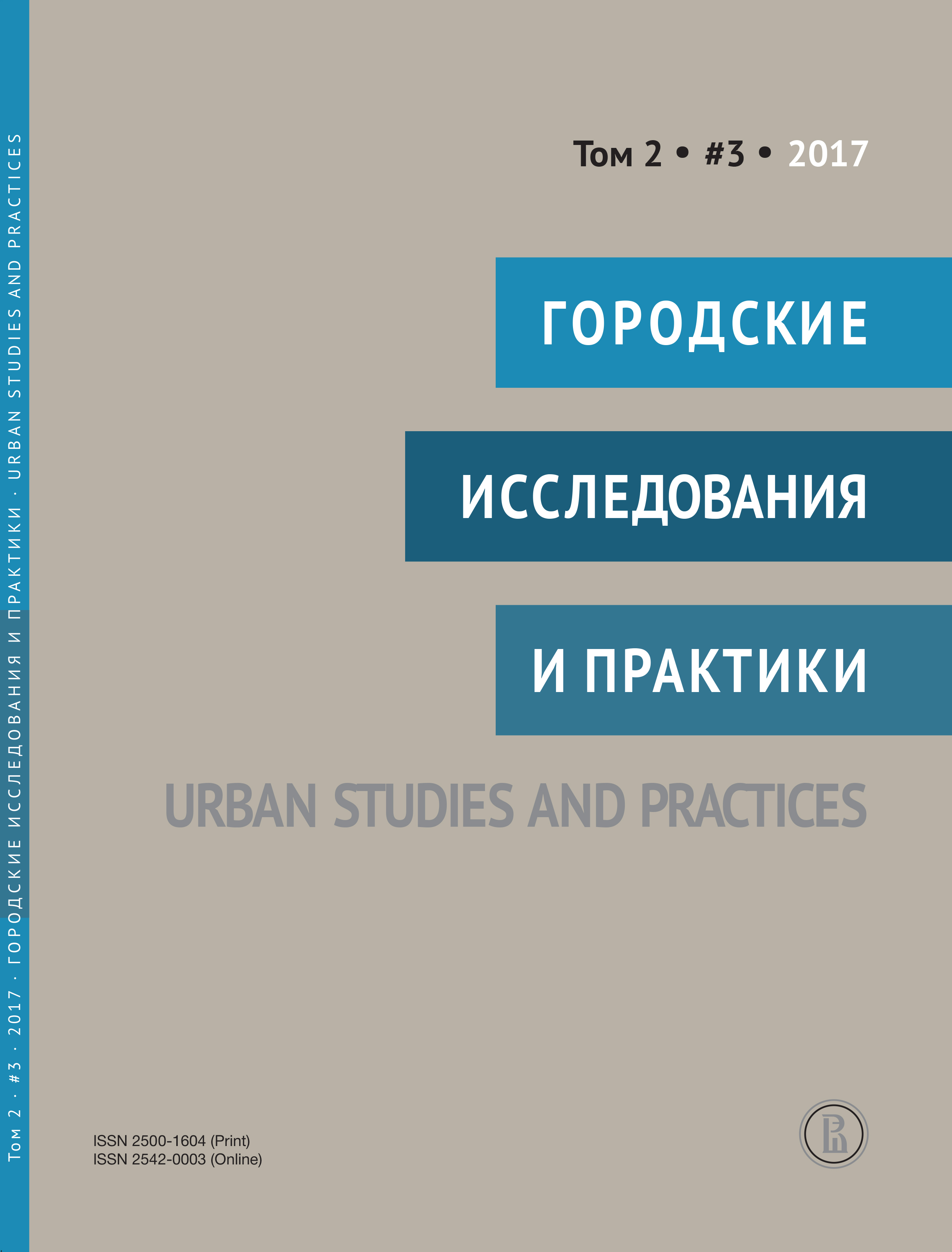Urban Mental Maps
History of the Term and the Diversity of Approaches
Abstract
This article describes establishment and development of the history of urban mental maps. Two opposing meanings of mental maps are stated as a result of comparative historic study, namely, 1) mental spatial information, representing the image of the city and the orientations schemes, and 2) cartographical geovisualization, which reflects individual or group perception of space. Intellect-maps being not close to spatial data and “image-geographical” maps, elaborated within Russian geohumanities are additionally described in the first case. The divide between sketch maps drawn by people according to the researcher’s task and the maps of space perceptions, which are close to the traditional thematic geographical maps, is stated in the second case. The mental maps, combining the traits of both big classes are argued to be the most prospective. Kevin Lynch’s generalized urban maps based on the results of individual cities’ perceptions gained by various research methods, and “image-topographic” and “mythogeographical” maps from the Russian geohumanities are named among those prospective ones.

